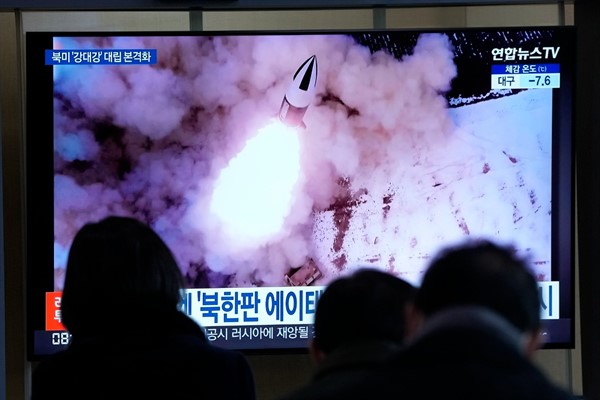Just three months into 2022, North Korea has already engaged in an intensive series of missile tests, including two more last week, that have advanced the country’s development of hypersonic glide vehicles, a rail-based missile regiment, cruise missiles and even missile technology claimed to be related to reconnaissance satellite development.
This pace of testing, reminiscent of 2017, raises questions about the country’s motivations and messaging. Some observers have suggested that North Korea simply wants attention or is attempting to raise the stakes ahead of a new “charm offensive” toward the United States. But the broader security context in which this latest series of tests occurs suggests there are much more compelling motivations at play.
On the domestic front, missile testing serves multiple goals. It helps North Korea develop new or modified systems to improve its overall WMD capabilities, in order to counter South Korea’s increasing defense budgets, acquisitions and domestic missile developments. Additionally, it helps improve its own missile defenses and refines its offensive missile capabilities. Moreover, it keeps pace with other countries in the region, such as China and Russia, that are engaged in their own nuclear modernization and expansion efforts.

